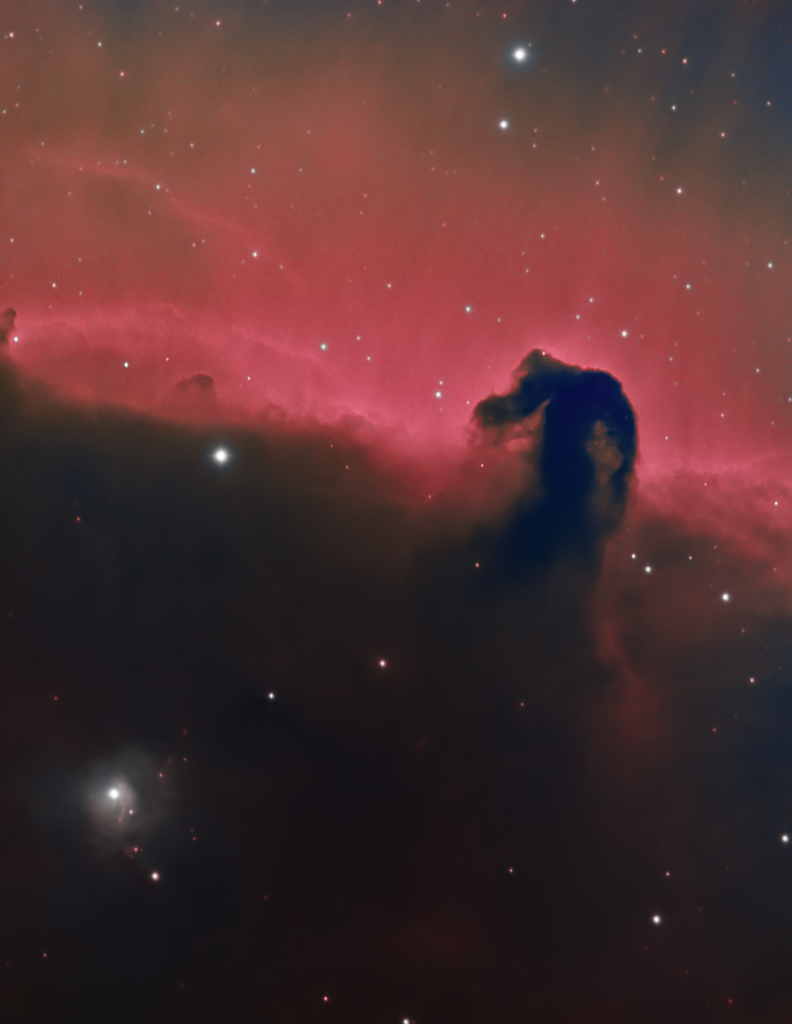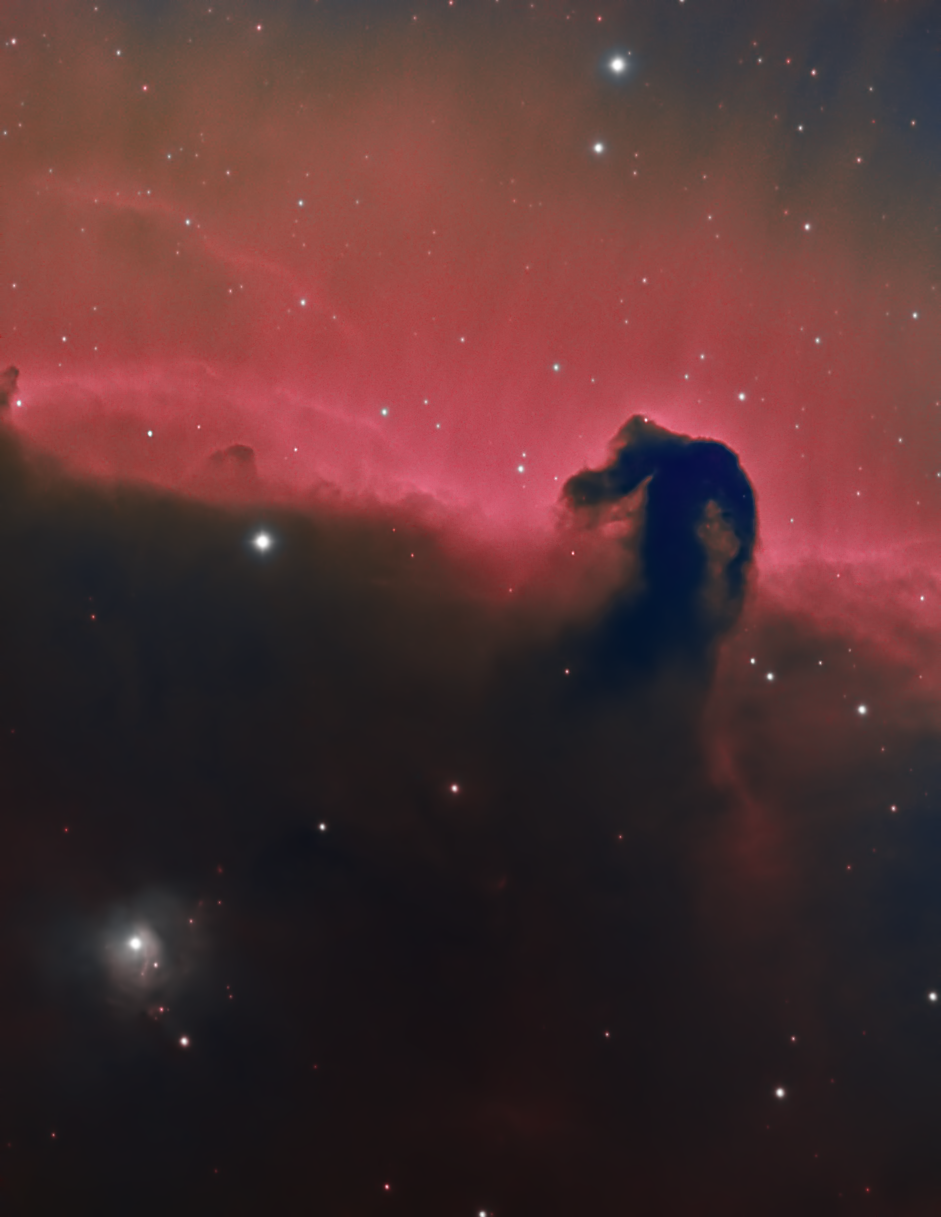
Similar Posts
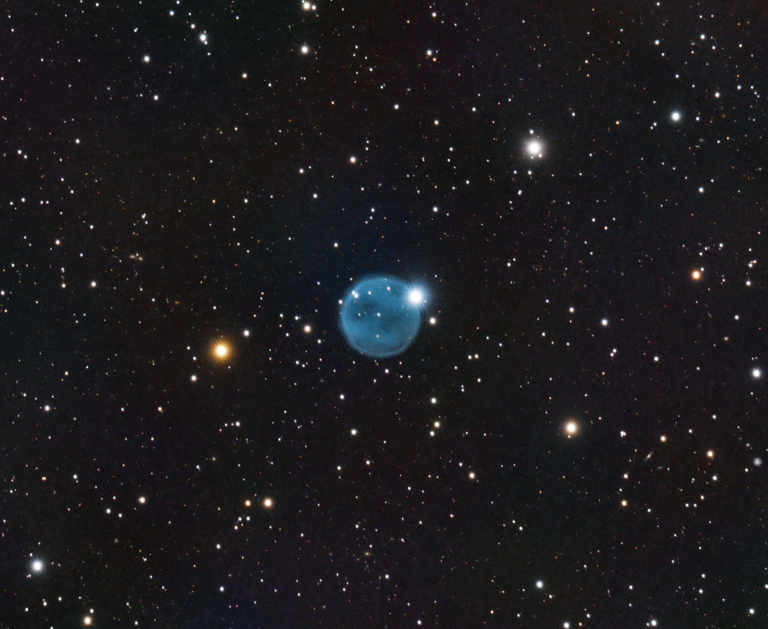
The Diamond Ring Nebula
Formally Abell 33 or the even more catchy name PK238+34.1, the “diamond ring nebula” is a planetary nebula – that means it’s the gas blown off by a dying star, not too different from our own sun. This one’s interesting due to its almost perfectly spherical shape, its cyan color from ionized Oxygen gas, and…
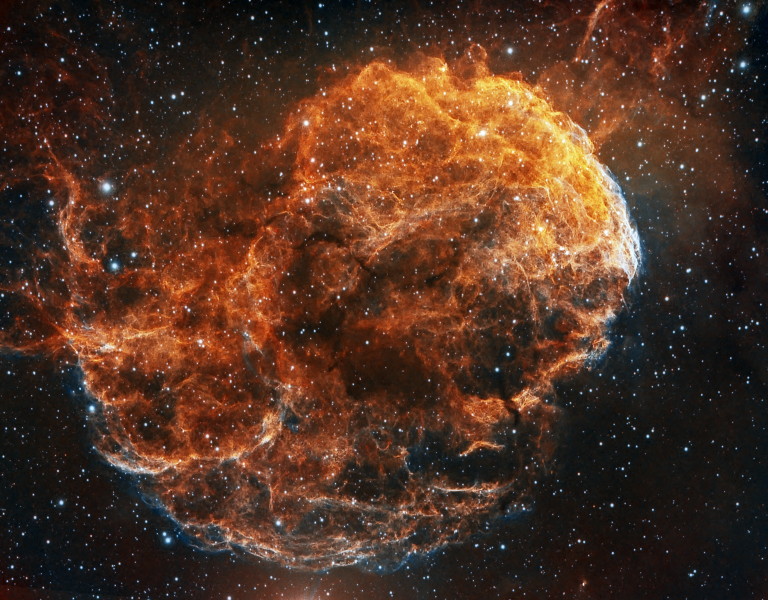
Space Jellyfish!
This is IC443, commonly known as the “Jellyfish Nebula” for obvious reasons! IC443 is a supernova remnant about 5,000 light-years away. This is a false-color, narrowband image consisting of a total of 20 hours of exposure time.
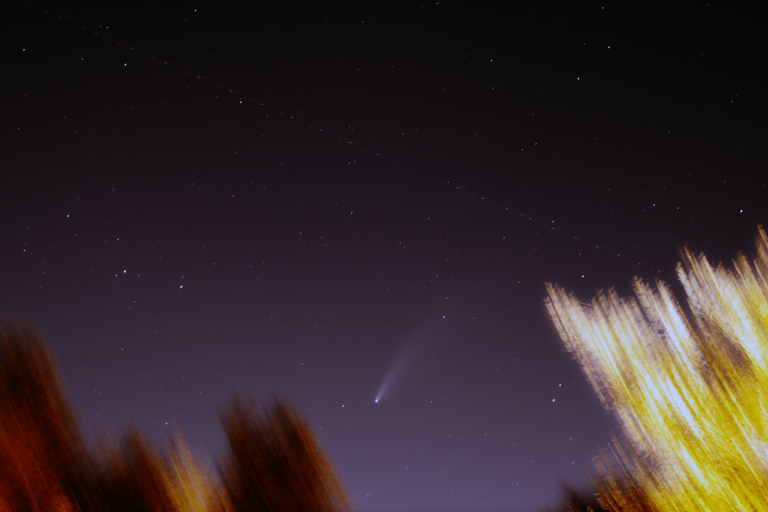
Comet hunting!
There’s a comet in the sky! They don’t appear this bright very often, so don’t miss what could be a once-in-a-lifetime chance to see a comet with your own eyes. It’s tough to spot here in suburbia with your eyes, but it’s easy to see with binoculars. Its official name is C/2020 F3 NEOWISE. Just…
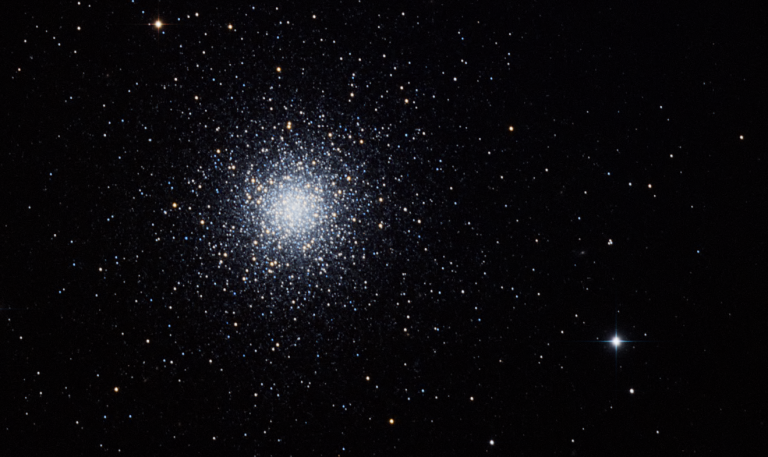
Globular Cluster M3
You’re looking at about 500,000 stars, balled up just outside of our galaxy. They are ancient; about 8 billion years old.
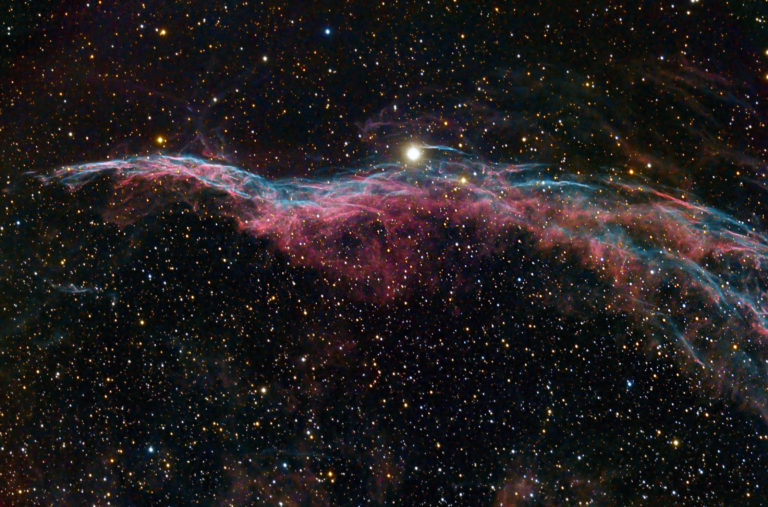
The “Witch’s Broom”
As Halloween draws closer, this seems like an appropriate object to image: the “Witch’s Broom” nebula! Although to be honest, that bright star (Cygnus 56) looks more like an eye on some sort of fantastical, cosmic creature to me. In reality, it’s part of the larger Veil Nebula, which is a huge supernova remnant 1,400…
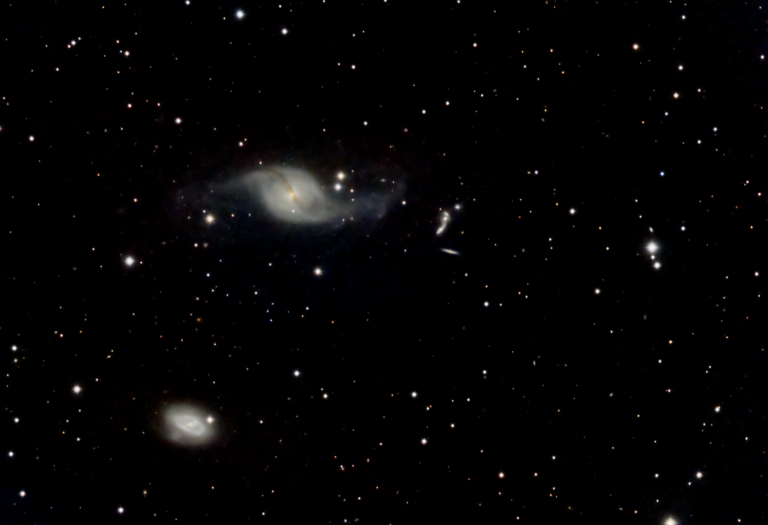
A really messed-up galaxy.
That twisted-up galaxy at the top is NGC 3718. We don’t actually know if it’s a spiral or a lenticular galaxy, because the galaxy below it, NGC 3729, appears to have warped it beyond recognition when it passed by it. Also look for the cluster of five more distant galaxies just to the right of…

